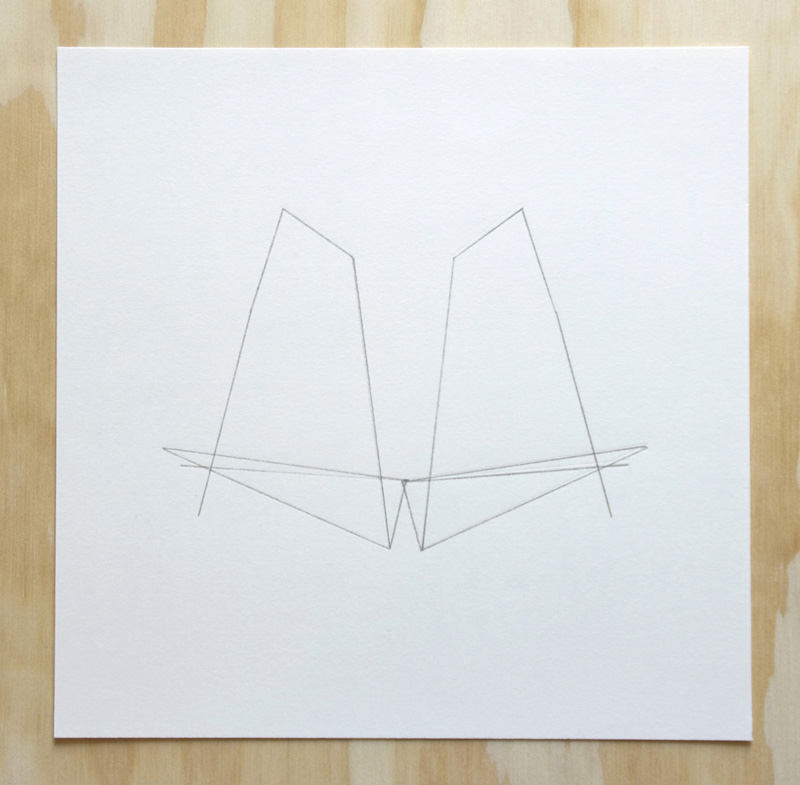
Central to my work is the relationship of applied and implied emotion in communication, specically within language and word
systems. Using these structures to inspire new visual relationships and patterns, I create the opportunity to experience these ideas in unconventional ways. I am fascinated by the possibility that lies within perceived absolutes, and the duality of the vital yet arbitrary nature of these constructed systems.
Through my time living and working in China the philosophies central to Traditional Chinese Medicine have become a guiding force
in my work, most specically the yin yang principle of harmonious relationships. Exploring perceptions of created binaries, I am drawn to the polarity that exists within word usage especially seen through translation and cross-cultural interpretation. This has also inspired an interest in the use of characters vs. letter-based systems, and the associations that we create with abstract shape. Based on relational qualities, shapes become inherently negative or positive, and ultimately assume characteristics of their own. I am interested in how and why we form these associations, and by how minor adjustments become major shifts in both physical and emotional concept.
For my body of work Geometry of Thought: Visualizing Binaries, I expose the variation that is inherent in the structure and interpretation of a descriptive word. To create this body of 162 unique drawings I developed a list of human emotions and character traits and paired them each with an opposing sentiment. The pairs were then plotted by hand on a traditional x-y graph where numerical values are replaced by the English alphabet. The values are arranged both in traditional order along one axis (a,b,c…z) and then according to frequency of occurrence along the other (e,i,a…z). Frequency was calculated from the list of 320 unique words used in this series. The words are then plotted one letter at a time and are connected by a line in the order that they assume to form the word. The word pairings are plotted together, the image is mirrored, and then transferred onto paper to create the nal drawing.
I use drawing, interactive experiences, and object making to explore physical and emotional landscape, and the elements that
contribute to this relationship development.
| Attachment | Size |
|---|---|
| zazenski.jpg | 138.3 KB |